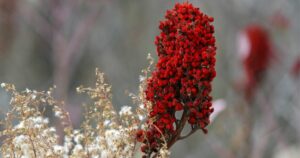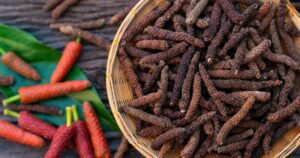☕ Arabica Coffee (Coffea arabica)

Arabica is the most widely consumed coffee variety in the world, accounting for approximately 60% of global coffee production. Native to Ethiopia, it is now grown in various regions, including Central and South America, Africa, and Asia. Arabica beans are known for their delicate flavor and lower acidity, featuring notes of fruit, berries, and sugar. The plants are more susceptible to diseases and pests, requiring a specific altitude and climate for optimal growth.
☕ Robusta Coffee (Coffea canephora)

Robusta is the second most popular coffee variety, making up approximately 40% of the world’s coffee production. Native to sub-Saharan Africa, Robusta beans have a more robust flavor and higher caffeine content than Arabica. With a more bitter and earthy taste, Robusta is often used in espresso blends and instant coffee. The plants are hardier and more resistant to diseases, pests, and varying climates, making them easier to cultivate.
☕ Liberica Coffee (Coffea liberica)

Liberica is a lesser-known coffee variety native to Liberia in West Africa. Accounting for less than 1% of global coffee production, Liberica beans have a distinct flavor profile with a smoky, woody taste and a fruity aroma. The plants are larger and more resilient than Arabica and Robusta, producing larger beans that are irregularly shaped. Liberica is mainly cultivated in the Philippines, where it is known as “Barako” coffee.
☕ Excelsa Coffee (Coffea liberica var. dewevrei)
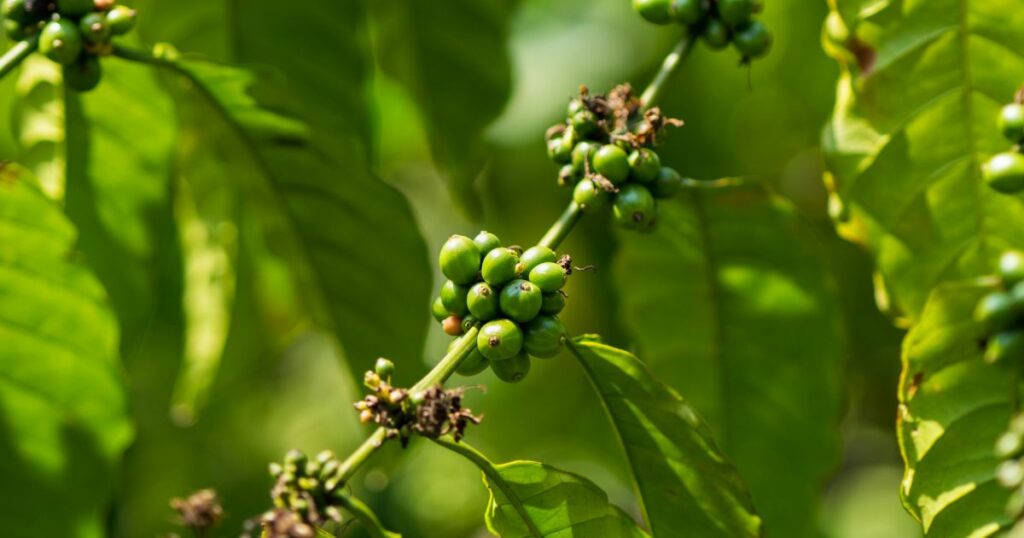
Excelsa, a sub-variety of Liberica, is a rare coffee that accounts for a minuscule portion of global production. Grown mainly in Southeast Asia, particularly in Indonesia and the Philippines, Excelsa beans have a unique, tart flavor profile that is often described as a combination of both light and dark roasts. With a fruity, wine-like aroma and a medium body, Excelsa is often used in blends to add complexity and depth.
☕ Geisha Coffee (Coffea arabica var. geisha)

Geisha, a variety of Arabica, originated in Ethiopia and later gained popularity in Panama. Geisha beans are known for their delicate, floral aroma and bright, complex flavor profile with notes of jasmine, bergamot, and tropical fruits. Due to its unique taste and limited availability, Geisha is often sold at premium prices, with some lots fetching record-breaking bids at specialty coffee auctions.
☕ Bourbon Coffee (Coffea arabica var. bourbon)
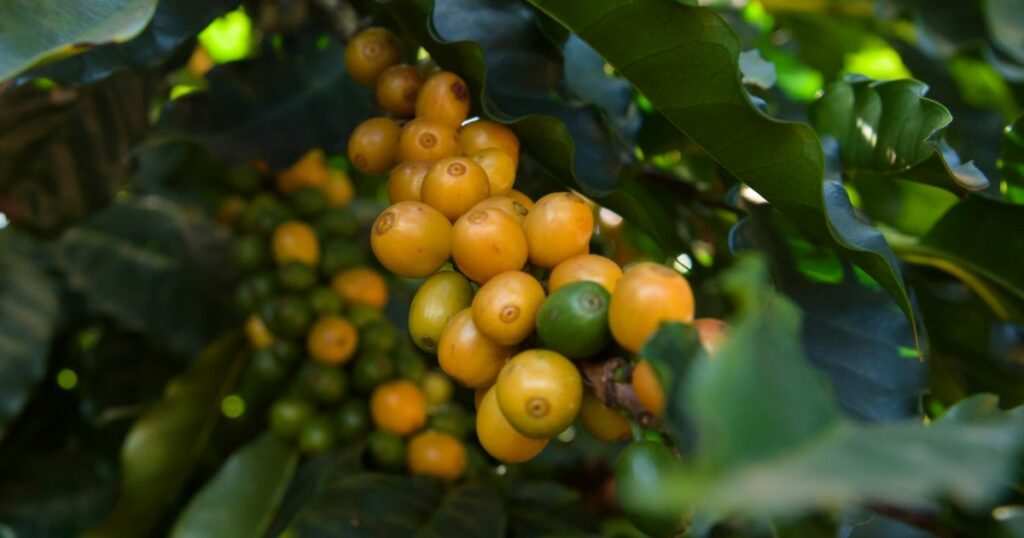
Bourbon is another Arabica variety that originated on the island of Réunion, formerly known as Île Bourbon, in the Indian Ocean. Bourbon beans have a sweet, well-rounded flavor profile with notes of chocolate, nut, and fruit. The variety is grown in various regions, including Central and South America, Africa, and the Indian Ocean islands. Bourbon’s popularity among specialty coffee roasters and enthusiasts is due to its excellent balance and nuanced taste.
☕ Pacamara Coffee (Coffea arabica var. pacamara)
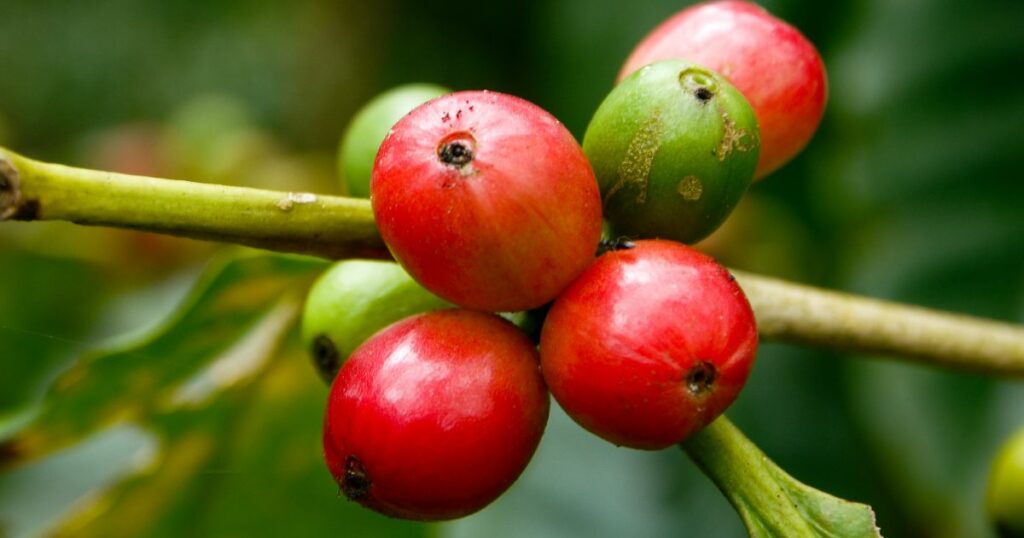
Pacamara is a hybrid coffee variety resulting from the crossbreeding of the Pacas and Maragogipe Arabica varieties. Developed in El Salvador, Pacamara beans are known for their large size and unique, complex flavor profile. With tasting notes ranging from fruity and floral to nutty and chocolaty, Pacamara has gained recognition among specialty coffee enthusiasts for its diverse and intriguing taste. The variety is now grown in several countries across Central and South America.
☕ Typica Coffee (Coffea arabica var. typica)

Typica is one of the oldest and most influential Arabica varieties, with roots tracing back to the original coffee plants in Ethiopia. Typica beans have a mild, well-balanced flavor profile with hints of chocolate, nuts, and fruit. The variety has served as the genetic base for many other Arabica cultivars, including Bourbon and Caturra. Despite its historical significance, Typica is less commonly grown today due to its low yield and susceptibility to diseases.
☕ Caturra Coffee (Coffea arabica var. caturra)

Caturra is a natural mutation of the Bourbon variety, discovered in Brazil and widely cultivated in Central and South America. Caturra beans have a bright acidity and a medium body, with flavor notes of citrus, caramel, and nuts. The plants are smaller and more resistant to diseases than Bourbon, allowing for higher planting density and yield. Caturra is popular among specialty coffee growers for its excellent cup quality and adaptability to various growing conditions.
☕ Catuai Coffee (Coffea arabica var. catuai)

Catuai is a hybrid coffee variety created by crossing Caturra and Mundo Novo, two Arabica cultivars. Developed in Brazil, Catuai beans have a sweet, fruity flavor profile with a bright acidity and medium body. The plants are compact and highly productive, making them suitable for high-density planting and mechanized harvesting. Catuai is grown in several countries across Central and South America, where it is appreciated for its high yield and cup quality.
☕ Maragogipe Coffee (Coffea arabica var. maragogipe)
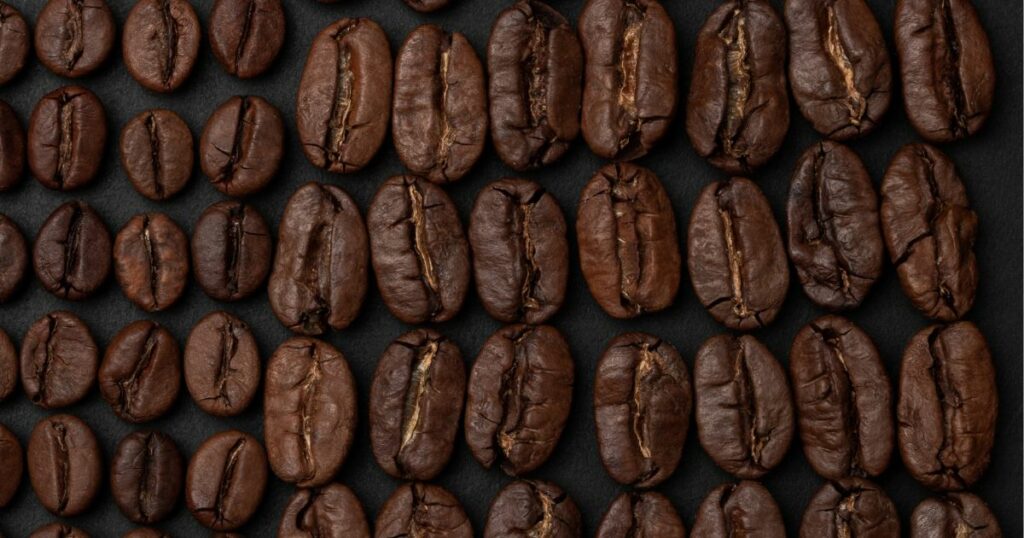
Maragogipe, a natural mutation of the Typica variety, is known for its exceptionally large beans, often referred to as “elephant beans.” Originating in Brazil, Maragogipe beans have a mild, nuanced flavor profile with notes of nuts, chocolate, and fruit. The plants are tall and less productive than other Arabica varieties, making them less common in commercial coffee production. However, Maragogipe beans are sought after by specialty coffee aficionados for their unique taste and appearance.
Conclusion
The world of coffee offers a fascinating and diverse array of flavors, aromas, and experiences. From the widely consumed Arabica and Robusta varieties to the lesser-known Liberica and Excelsa, each coffee variety has its unique characteristics that contribute to the rich tapestry of global coffee culture. As you explore these coffee varieties, you’ll discover the incredible depth and complexity that the humble coffee bean has to offer.
𐡸 𐡸 𐡸 𐡸 𐫱 𐡷 𐡷 𐡷 𐡷
Frequently asked questions
Arabica coffee has a delicate flavor and lower acidity, with notes of fruit, berries, and sugar, while Robusta coffee has a more robust, bitter, and earthy taste. Arabica has less caffeine than Robusta and is more susceptible to diseases and pests.
Some rare coffee varieties include Liberica, Excelsa, Geisha, and Maragogipe. These beans are less common in global coffee production but are highly sought after by specialty coffee enthusiasts for their unique flavor profiles.
Growing conditions, such as altitude, climate, and soil, have a significant impact on the flavor of coffee beans. Higher altitudes typically result in slower-growing coffee cherries, which can lead to more complex and nuanced flavors. Climate and weather conditions, such as temperature and rainfall, also play a role in shaping the flavor profile of coffee beans. Soil composition affects the nutrients available to the coffee plants, which in turn can influence the taste and aroma of the beans.
Several factors contribute to the flavor profile of coffee beans, including the coffee variety, growing conditions, and processing methods. Each coffee variety has its inherent flavor characteristics, which can be further influenced by altitude, climate, and soil. Processing methods, such as natural, washed, or honey processing, also play a significant role in determining the final taste and aroma of the beans.
Growing coffee at home can be a rewarding experience, but it requires specific conditions to thrive. Coffee plants need a consistent temperature of around 60-70°F (15-24°C) and a humid environment. They also require well-draining soil and indirect sunlight. If you can replicate these conditions, it is possible to grow coffee plants at home. However, keep in mind that it takes several years for a coffee plant to mature and produce cherries, and the yield from a single plant may not be sufficient for regular consumption.
The best way to find the perfect coffee variety for your taste preferences is to sample different varieties and processing methods. Try beans from various regions and altitudes, and experiment with different roast levels and brewing techniques. By exploring the diverse world of coffee, you’ll soon discover the unique flavor profiles that resonate with your palate.

